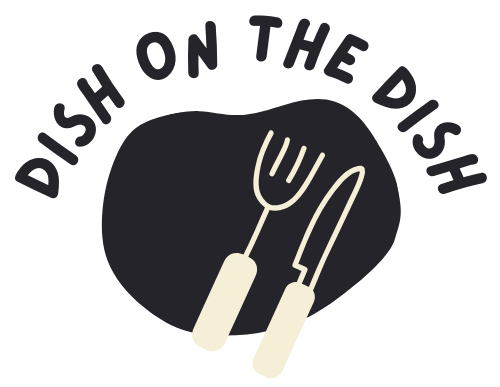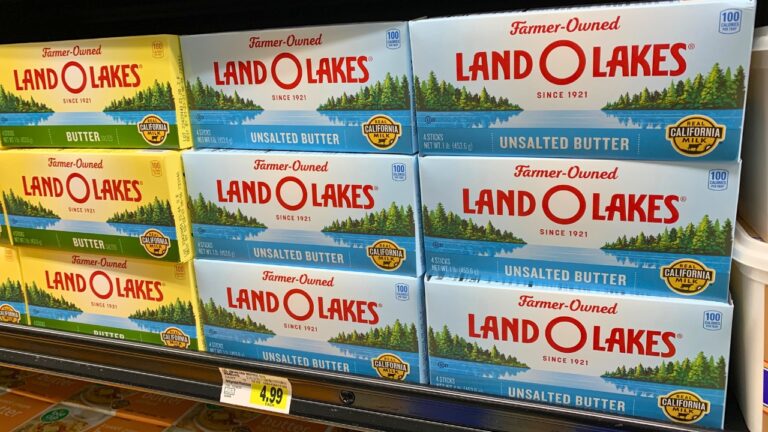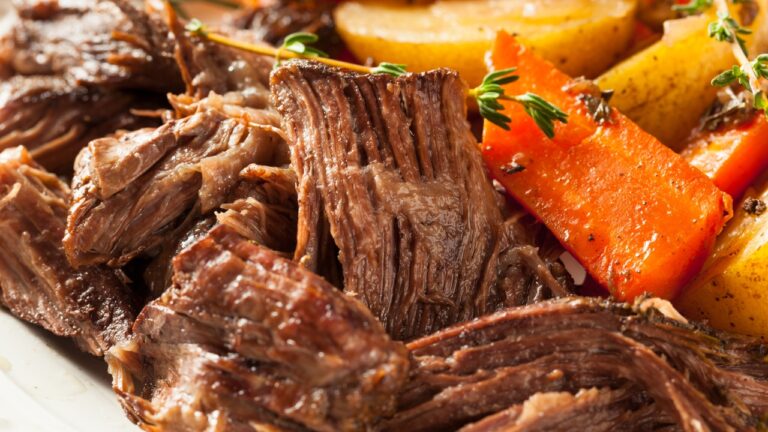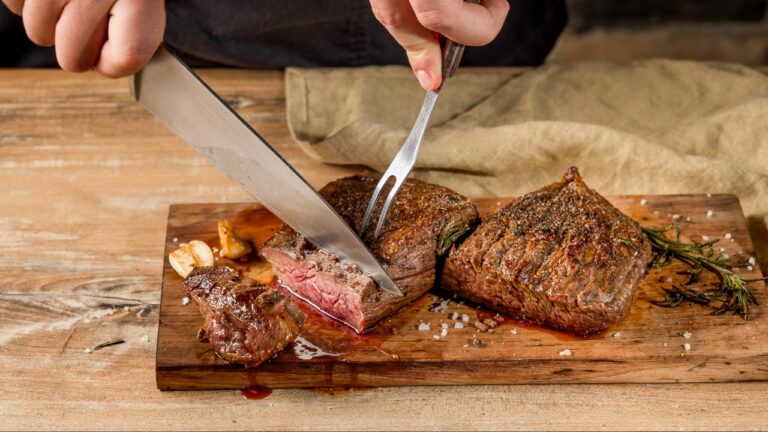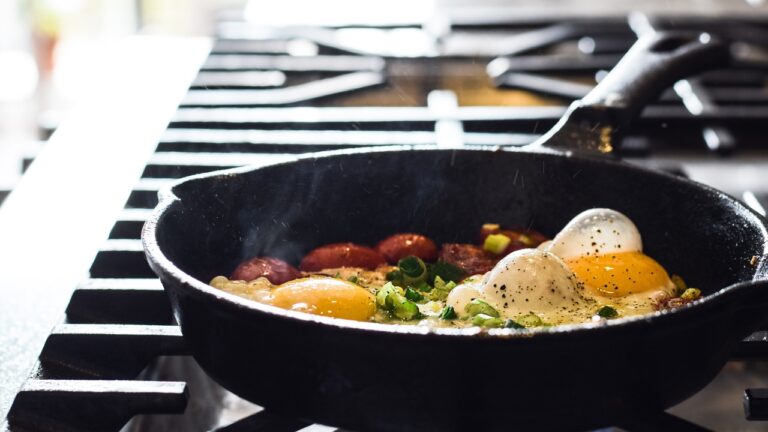10 Meal-Prepping Tips That Save Me Time and Money
Meal prepping used to feel like something only super-organized people could pull off—definitely not me. But once I gave it a try, I realized it’s not about spending hours in the kitchen or being perfect. It’s about making my week a little easier and saving money while I’m at it.
For me, it’s less about prepping every single meal and more about setting up a few things that save time and stress later. Whether it’s having dinner ready to reheat after a long day or knowing I’ve got snacks prepped for when hunger hits, these little changes add up. If meal prepping sounds intimidating, don’t worry—I’ve got tips that are simple, doable, and actually make life better.
Keep Staples Stocked
Having a stash of go-to staples makes meal prepping so much easier. Think rice, pasta, canned beans, frozen veggies, and basic spices. These are the building blocks for countless meals, and they’re lifesavers when you need to throw something together quickly.
Keeping these essentials on hand means fewer last-minute grocery trips. Plus, they pair easily with fresh ingredients you already have, helping you whip up meals without overthinking it.
Check Your Kitchen Before Shopping
Before heading to the store, take a quick inventory of your pantry, fridge, and freezer. You’d be surprised how often you already have what you need for a recipe—or at least most of it. Using what’s on hand not only saves money but also keeps you from tossing food that’s close to its expiration date.
Building meals around these items can spark creativity. If you’ve got a can of chickpeas, some leftover veggies, and a few spices, that’s a base for a delicious grain bowl or soup.
Use Set-It-and-Forget-It Recipes
Recipes that let the kitchen do the work for you are a lifesaver. Slow cookers, ovens, or pressure cookers like the Instant Pot are perfect for hands-off cooking. You can toss in the ingredients, let the machine do its magic, and move on to other tasks—or just enjoy some downtime.
Passive cooking recipes also make bulk prepping easier. You can whip up a big batch of shredded chicken or soup without hovering over the stove, saving time and energy for other meals.
Cook It All in One Pan
Cooking multiple ingredients in the same pan isn’t just efficient—it makes cleanup way easier. Starchy root vegetables like potatoes or carrots pair well with lean proteins like chicken or fish because they cook at similar speeds.
Sheet pan meals are especially handy for this. You can season everything, pop it in the oven, and have a complete meal ready without juggling pots and pans. Plus, roasting brings out incredible flavors with minimal effort.
Double Up on Protein
Proteins take longer to cook, so doubling up saves serious time. Whether it’s chicken, beef, or hard-boiled eggs, cooking extra means you’ve got a head start on future meals.
Cooked proteins can last three to four days in the fridge—or even longer if you freeze them. This way, tonight’s grilled chicken can become tomorrow’s wrap filler or salad topping without extra work.
Always Make Extras
Even if you’re not into full-on meal prepping, cooking a little extra at dinner is a smart move. Leftovers can turn into lunch the next day or dinner when time’s tight.
Making larger portions also cuts down on food waste. Instead of letting half a bag of spinach wilt in the fridge, you use it up while saving yourself from another round of cooking.
Map Out Your Meals
Planning is a game-changer for meal prepping, and it doesn’t have to be overwhelming. Start by looking at your week ahead—what days are busy, and when do you have time to cook? Make a list of what you’ll eat for each meal, then grocery shop with that list in hand. It keeps you focused and prevents those midweek “what’s for dinner” stress moments.
If prepping meals feels daunting, don’t try to do it all at once. Focus on the meals you know will be tricky. Maybe that’s breakfasts or lunches for work. Start small, and let your plan grow from there.
Keep It Interesting
Repetition is the fastest way to burn out on meal prep. Eating the same thing every day might sound efficient, but it gets old fast. The trick is to make versatile ingredients that you can remix throughout the week.
For example, a batch of roasted veggies can become a side dish, a wrap filler with hummus, or the star of a grain bowl. You’re cooking once but getting multiple meal options. It’s a little variety without a lot of extra effort.
Portion Ahead
Having meals ready to go is the whole point of meal prepping, and portioning is a big part of that. Divide your dinners into individual containers, so it’s grab-and-go when you’re hungry. No extra dishes, no guessing portions.
Snacks can get the same treatment. Pack nuts, trail mix, or chopped veggies into small bags or containers. Smoothie packs are another lifesaver—freeze fruit, spinach, and protein powder together, then just blend when you’re ready.
Choose Recipes That Overlap
Finding recipes with shared ingredients saves you both money and effort. If two meals use chicken or a certain vegetable, you only need to buy those items once. Less waste, fewer decisions, and a shorter shopping trip are wins all around.
Think of it this way: buying a bag of spinach isn’t just for salads. It can also go into smoothies, sandwiches, or even as a pizza topping. Using one ingredient in multiple ways keeps your meals fresh and your grocery bill lower.
